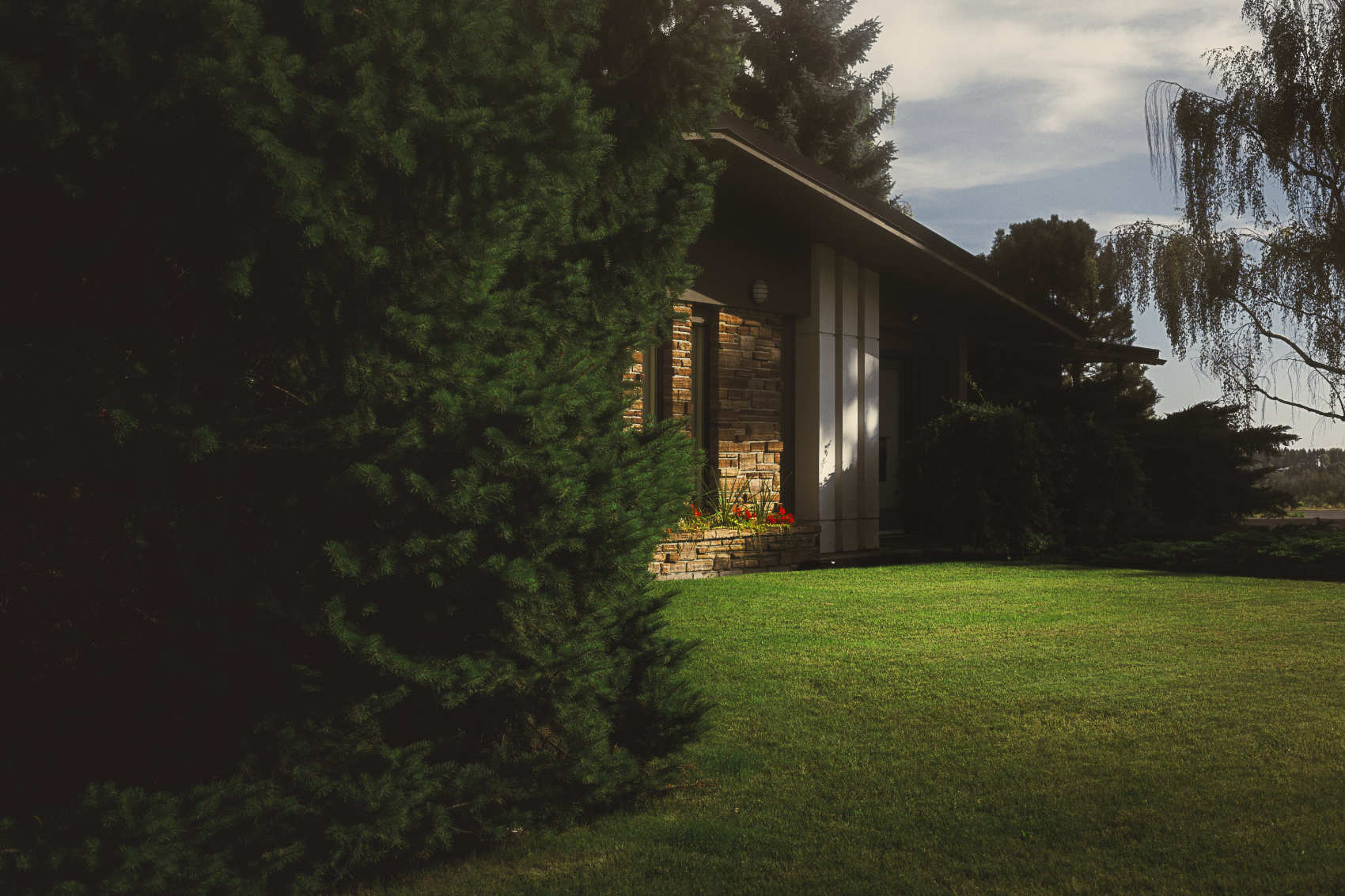The exterior of your home is the first thing people notice when they visit or pass by. A well-designed landscape not only adds beauty to your property, but also increases its value and creates a welcoming atmosphere. Whether you’re looking to sell your home or simply want to enhance its curb appeal, here are some design tips for transforming your outdoor space into a stunning and inviting environment.
Assessing Your Current Landscape
Before you embark on a landscaping makeover, it’s essential to evaluate the current state of your outdoor space. Walk around your property and make a note of areas that need improvement or could be better utilised. Consider the functionality of your garden, the level of maintenance you are prepared to handle, and any existing plants and features that you’d like to keep or remove. This will help guide your design decisions.
Remember that a tree survey may be necessary before removing any trees. A tree survey conducted by an arboriculturist professional will ensure you comply with any local regulations and avoid potential hazards. It’s best to get this sorted in advance, as it will make sure the rest of your renovation runs smoothly.
Choosing a Style and Theme
Once you’ve assessed your current landscape, it’s time to choose a style and theme that complements your home and reflects your personal taste. There are many styles to choose from, such as contemporary, characterised by clean lines, minimalistic features, and geometric shapes. Another option is a cottage-style garden, which is lush, colourful, and informal, often featuring a mix of flowers, shrubs, and trees. This style evokes a sense of nostalgia and romance. You may also consider a Mediterranean garden, inspired by the landscapes of Southern Europe, featuring drought-tolerant plants, terracotta pots, and rustic materials like stone and gravel.
Whichever style you choose, be sure to maintain a sense of cohesion throughout your design. Selecting a colour palette and repeating key elements can help to create a harmonious and visually pleasing landscape.
Incorporating Hardscaping Elements
Hardscaping refers to the non-living elements of your landscape, such as pathways, patios, retaining walls, and water features. These elements can add structure, contrast, and functionality to your outdoor space. When incorporating hardscaping, use materials that complement the style of your home and landscape theme, create defined areas for different activities, and add visual interest with contrasting textures.
Remember to consider accessibility and safety when designing hardscaping features. Ensure walkways are wide enough for comfortable passage and use slip-resistant materials where necessary. You could also install some outdoor handrails, as this will mean that anyone with mobility issues can still safely get around the garden.
Sustainable Gardening Practices
Sustainability is becoming increasingly important in all aspects of our lives, and landscaping is no exception. Adopting sustainable gardening practices not only benefits the environment but can also save you time and money in the long run. Some ideas for sustainable landscaping include:
- Planting native species that are well-adapted to local climate and soil conditions. These plants typically require less water and maintenance and provide essential habitat for local wildlife.
- Incorporating rain gardens, swales, or permeable paving to help manage stormwater runoff and prevent erosion.
- Using organic mulches and compost to improve soil fertility and reduce the need for synthetic fertilisers and pesticides.
- Installing a rainwater harvesting system to collect water for irrigation or other garden uses.
When planning your landscape makeover, look for opportunities to incorporate sustainable practices that align with your chosen style and theme.
Seasonal Interest and Planting for Year-Round Colour
A well-designed garden offers visual interest throughout the year, with plants that provide seasonal colour, texture, and form. To achieve this, select a variety of plants that have different flowering times, foliage colours, and growth habits. You may also consider incorporating plants with interesting bark, seed heads, or berries for added winter interest.
When selecting and placing plants, be mindful of their individual needs and preferences regarding sun exposure, water requirements, and soil type. Providing the right conditions for your plants will help them thrive and ensure your garden remains vibrant and healthy throughout the year.
Privacy and Screening
Privacy is an essential consideration when designing a landscape, particularly in urban or densely populated areas. There are several ways to create a sense of privacy and seclusion in your garden, without compromising on style or aesthetics. Some options for adding privacy and screening include:
- Planting tall, dense hedges or shrubs along property boundaries. Choose evergreen species for year-round screening or consider deciduous varieties for a more seasonal effect.
- Installing trellises, screens, or panels to create partitions within the garden or along the property line. These structures can be adorned with climbing plants to soften their appearance and provide additional greenery.
- Incorporating garden structures such as pergolas, gazebos, or pavilions to create secluded areas for relaxation or entertaining. These features can be enhanced with climbing plants, curtains, or outdoor blinds for added privacy.
When planning your landscape makeover, consider the unique requirements of your property and how privacy and screening elements can be incorporated into your design.
Plant Selection and Placement
Finally, selecting the right plants and placing them strategically is crucial to the success of your landscape makeover. To guide your plant selection, choose plants that thrive in your local climate and soil conditions, incorporate a mix of evergreens and deciduous plants to ensure year-round interest, and use plants with varying heights, textures, and colours to create depth and visual interest.
When it comes to placement, consider the size and growth habits of your plants. Allow enough space for plants to grow to their full size and avoid overcrowding. Group plants with similar water, light, and soil requirements together to make maintenance easier and create a more cohesive look.
A well-executed landscape makeover can significantly enhance the exterior of your home and provide and inviting and enjoyable outdoor space. By using the tips we have laid out in this article, you can create a stunning and functional outdoor environment.







